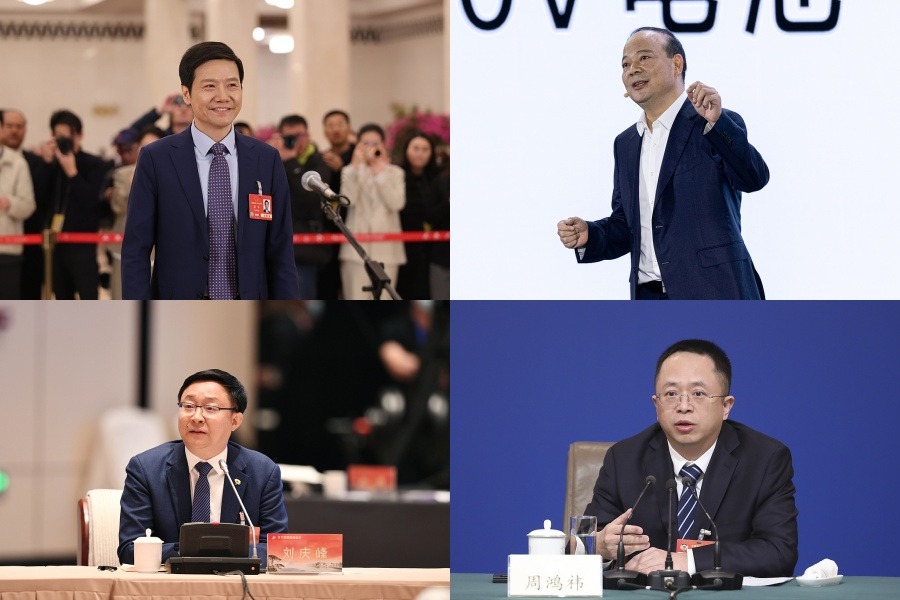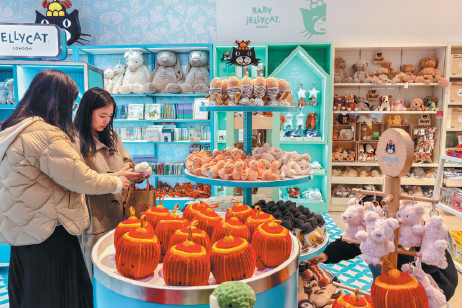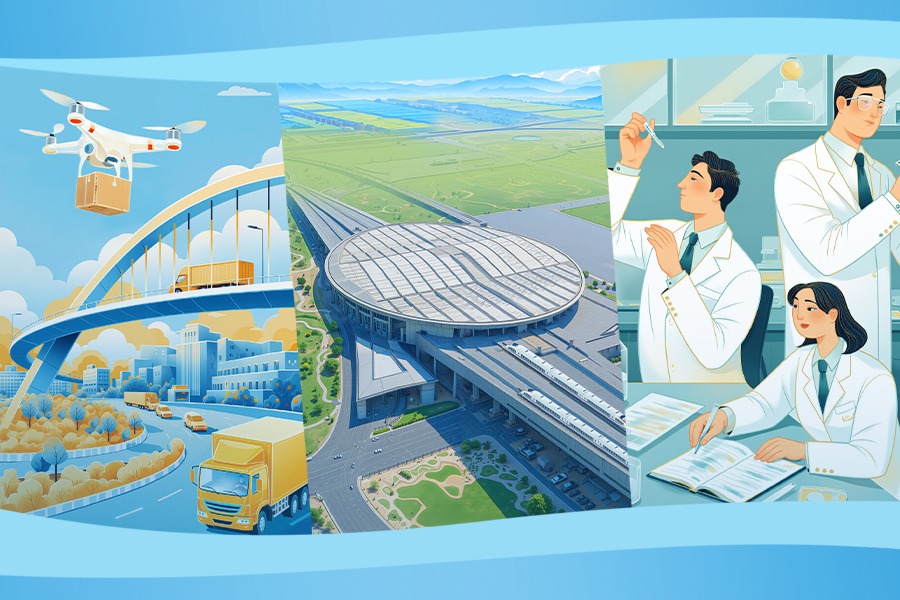Colombo Port City rises with green Chinese solutions


As the plan for making infrastructure projects greener and more innovative has gathered steam in many countries participating in the Belt and Road Initiative, China Harbour Engineering Co Ltd (CHEC), a Beijing-based marine engineering specialist, said it will introduce more green solutions for the building of Colombo Port City in Colombo, the executive and judicial capital of Sri Lanka, in the coming years.
Constructed and invested by CHEC, a subsidiary of State-owned China Communications Construction Co, the project is the largest public-private partnership in the South Asian country to date, said the Sri Lankan government.
Construction of the project began in 2014 and the Chinese company will invest a total of $1.4 billion in the first phase of the mega project. Its total construction period is estimated to be between 20 and 25 years.
Spanning 269 hectares of reclaimed land from the sea, the project is being built with the latest designs in sustainability and smart city concepts. When the first phase of municipal engineering is completed at the end of this year, the city will have over 6.3 million square meters of building space — boasting world-class offices, retail and residential facilities.
During the design phase of the Colombo Port City project, the overall goals for environmental protection, energy efficiency, resource conservation and emissions reductions were established, said Xiang Nan, assistant managing director of CHEC Colombo Port City Co, a CHEC subsidiary.
"Key measures were taken in critical stages such as water quality analysis, breakwater selection and rapid land reclamation, to incorporate green and environmentally friendly design technologies, achieving the project's green objectives," Xiang said.
He said the water used in the project will undergo a complete water exchange within 10 days, preventing the accumulation of pollutants at high concentrations over extended periods and ensuring that the water quality within the city remains compliant with government standards.
To assure that the project remains ahead of the curve in design in the long run, Surbana Jurong Group, a Singapore-based urban, infrastructure and managed services consulting firm, was invited by CHEC to help formulate the development regulations for the city.
The regulations outline various requirements, such as the use of commercial land and building density and height, and impose restrictions on municipal infrastructure and plot landscaping. There are also specific stipulations for green construction, energy efficiency, environmental sustainability, and sound and light control as well as waste management, CHEC said.
To this end, the breakwater within the project incorporates a distinctive design to offer an ideal substrate for coral attachment. It creates varying water depths through a stepped structure, allowing coral to thrive in suitable water depths and ample sunlight.
These moves underscore that the Colombo Port City project serves as a model for promoting Sri Lanka's economic and social development through Chinese solutions. It demonstrates the project's active contribution to ecological preservation and biodiversity enhancement in the country, all achieved through environmentally friendly and sustainable Chinese technological solutions, said Zhao Lei, an engineering manager of CHEC Colombo Port City Co.
According to an assessment report by global accounting firm PwC, the Colombo Port City project is expected to attract over $9.7 billion in foreign direct investment for Sri Lanka in the years ahead. Moreover, it is projected to create more than 400,000 jobs for local residents.
While building infrastructure such as container ports, power stations, airports and railways to improve the lives of people in countries and regions participating in the BRI, a growing number of Chinese companies have paid high attention to environmental protection and conservation in these markets, said Li Jin, chief researcher at the China Enterprise Research Institute in Beijing.
"This trend not only demonstrates China's commitment to sustainable growth but also represents a positive step forward in fostering international cooperation and responsible infrastructure projects," Li said, adding that a better environment and social and governance performance could help Chinese companies do better business.
Riding the BRI, two-way investment between China and other countries involved in the initiative totaled more than $380 billion between 2013 and 2022, of which China's outward direct investment exceeded $240 billion, the Ministry of Commerce said.





































